Controlled Environment Agriculture (CEA) is revolutionizing the way we grow crops, especially cannabis. Central to this innovation is the role of HVACD systems (Heating, Ventilation, Air Conditioning, and Dehumidification) in creating the ideal climate for cannabis cultivation. In this blog post, we’ll explore the critical differences between integrated and non-integrated HVACD systems, backed by science and real-world applications.
What Is HVACD for CEA Cultivation?
Before diving into the comparison, let’s establish what HVACD entails in the context of CEA cannabis cultivation. HVACD systems are responsible for controlling temperature, humidity, airflow, and other environmental factors to create optimal conditions for cannabis growth. In essence, they provide a controlled microclimate where cannabis plants can thrive.
(Integrated HVACD)
(Stand alone packaged unit)
Key Components of Integrated HVACD Systems
Integrated HVACD systems are designed to work cohesively as a single, unified system. Here are the key components:
- -Heating Systems: These systems maintain optimal temperatures during various growth stages, including lights-off periods, crucial for managing the cannabis plant’s metabolic processes effectively.
- -Ventilation: Ensuring proper air circulation is essential for providing plants with fresh CO2 and maintaining consistent temperature and humidity levels throughout the cultivation area.
- -Air Conditioning: Indoor cultivation often requires cooling solutions to counteract the heat generated by lighting systems, ensuring leaf temperature control and preventing stress on the plants.
- -Dehumidification: Controlling humidity levels is vital not only to prevent pathogens but also to maintain the Vapor Pressure Deficit (VPD), which affects transpiration and nutrient uptake in cannabis plants.
- -Automation and Control Systems: The brain behind integrated HVACD, automation systems continuously collect data from sensors and adjust environmental parameters to provide the precise conditions needed for optimal cannabis growth.
What’s the Difference between Integrated and Non-Integrated HVACD Systems for Cannabis CEA?
Integrated and non-integrated HVACD systems differ significantly in terms of their design, functionality, controls, and efficiency. Let’s delve deeper into these distinctions:
- System Design and Complexity:
- Integrated HVACD Systems: These systems work harmoniously as a unified whole, with all components interconnected. This seamless integration optimizes climate control and often involves advanced automation and control systems.
- Non-Integrated HVACD Systems: In contrast, non-integrated systems consist of standalone components that may not communicate effectively. This can lead to less efficient climate control and require more manual oversight.
- Control and Automation:
- Integrated HVACD Systems: Advanced automation and centralized control systems continuously monitor and adjust environmental parameters, ensuring precise and consistent conditions for cannabis cultivation.
- Non-Integrated HVACD Systems: Non-integrated systems often lack sophisticated automation, requiring manual adjustments and monitoring for each component.
- Energy Efficiency:
- Integrated HVACD Systems: Integration enables better coordination between components, leading to energy savings by optimizing cooling, heating, and ventilation without overworking equipment.
- Non-Integrated HVACD Systems: In non-integrated systems, components may run independently, potentially leading to energy inefficiencies and increased operational costs.
(This is a psychrometrics chart)
- Precision and Consistency:
- Integrated HVACD Systems: Integration ensures environmental conditions remain precise and consistent, crucial for cannabis, which is sensitive to temperature, humidity, and CO2 levels.
- Non-Integrated HVACD Systems: Non-integrated systems may struggle to maintain precise and consistent conditions, impacting plant health and yield.
(Sensor dashboard)
- Maintenance and Service:
- Integrated HVACD Systems: These systems often come with centralized diagnostics and monitoring, simplifying maintenance and reducing downtime.
- Non-Integrated HVACD Systems: Troubleshooting and maintenance in non-integrated systems can be more complex, potentially leading to longer downtime and higher maintenance costs.
(Internals)
- Scalability and Adaptability:
- Integrated HVACD Systems: Integrated systems are often more scalable and adaptable to changing cultivation needs, facilitating expansions and modifications.
- Non-Integrated HVACD Systems: Expanding or modifying non-integrated systems can be challenging, as new components may not seamlessly integrate.
- Cost Considerations:
- Integrated HVACD Systems: While the initial investment may be higher, integrated systems often lead to long-term cost savings due to improved energy efficiency and reduced maintenance costs.
- Non-Integrated HVACD Systems: Non-integrated systems may have a lower upfront cost but can result in higher operational expenses over time.
Levels of Integration
Consider the levels of integration within your HVACD system:
- One Unit/Room: Basic integration where components in a single room work together.
- One Larger System: Integration at the facility level with multiple rooms or areas controlled by a central system.
- Disparate Units/Systems: Multiple standalone units communicating over one network. While providing some integration benefits, adherence to setpoints may drift, requiring proactive management.
Conclusion
Choosing the correct HVACD system, whether integrated or non-integrated or somewhat integrated, is about understanding how you’ll measure the impact of the investment…and what you would do with the results. How would you use such granular environmental information? Precise environmental control can impact yield, reduce inputs, lower production costs, improve redundancy and uptime, and enhance consistency. Finding the right balance for your cannabis cultivation business that offers the best return on investment is crucial.
As you plan your cultivation facility, consider factors like ceiling heights, future scalability, airflow, and facility design. By integrating HVACD systems effectively understanding a phased approach and prioritizing key components, you can maximize your indoor cannabis cultivation success and adapt to the evolving needs of the industry, the opportunity and the customer. Close the loop with granular data, psychrometrics, and HVACD to facilitate your long-term success and profitability in cannabis CEA and make the most informed decision regarding your commercial environmental control system.







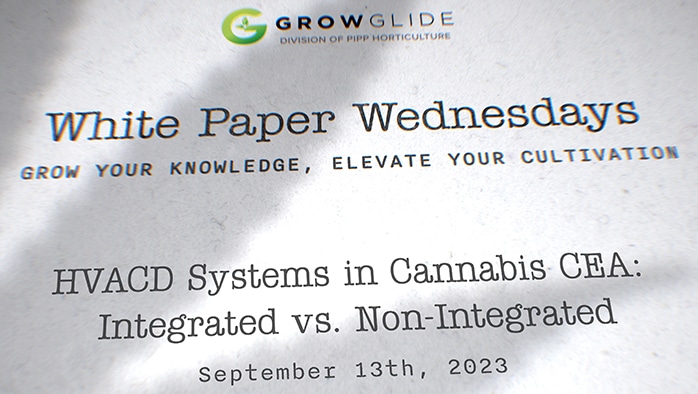
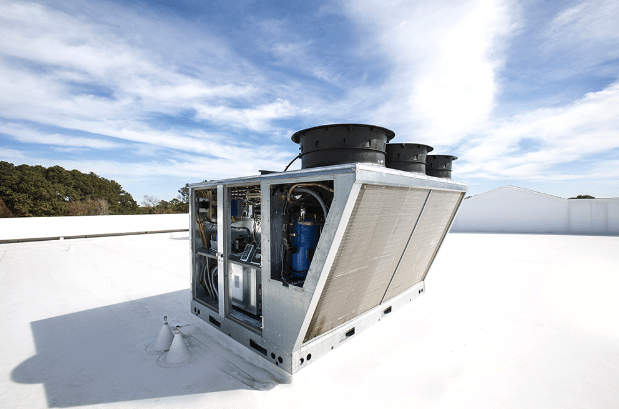
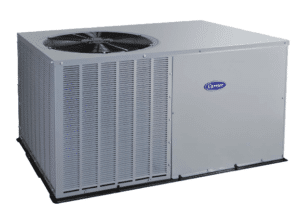
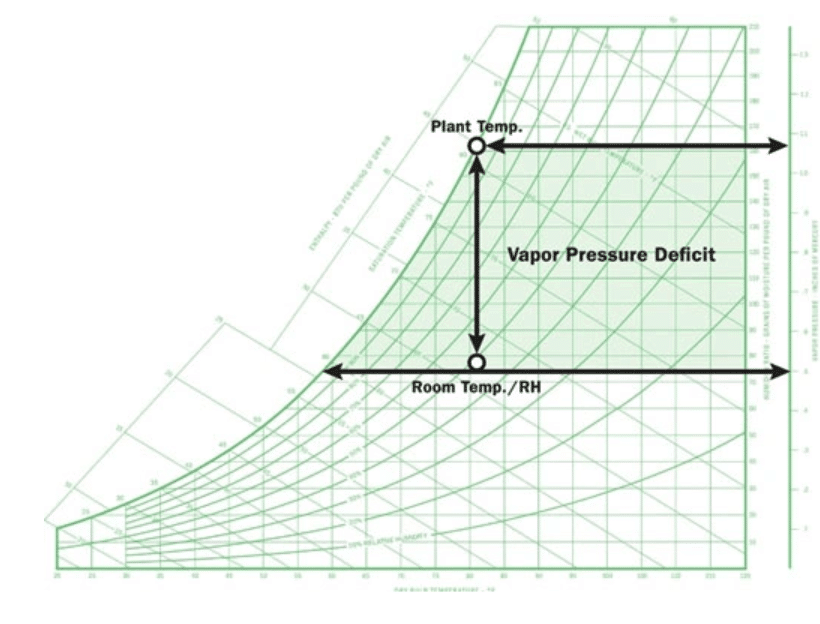
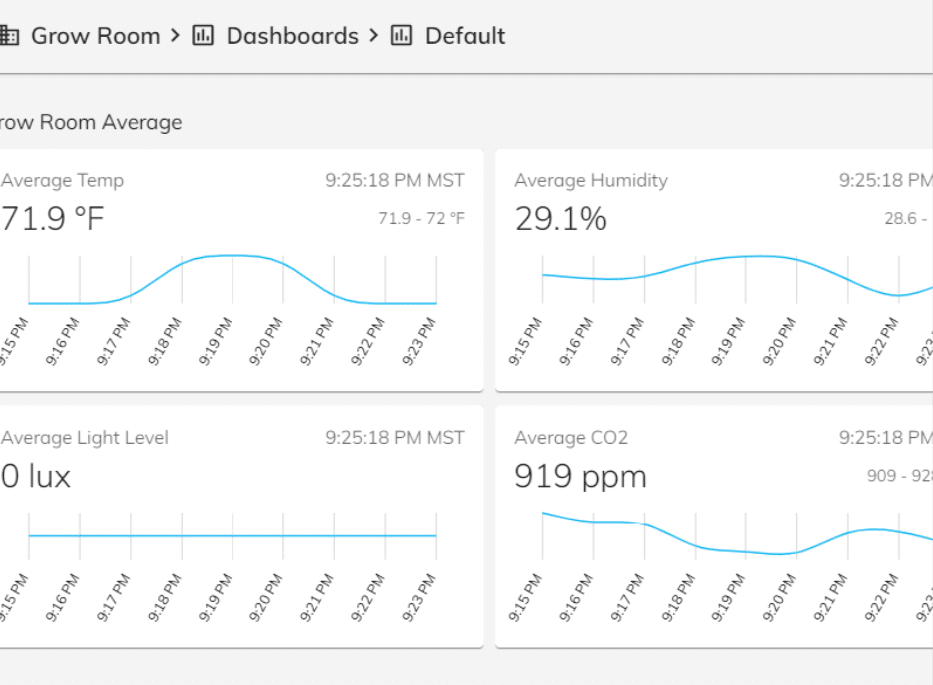
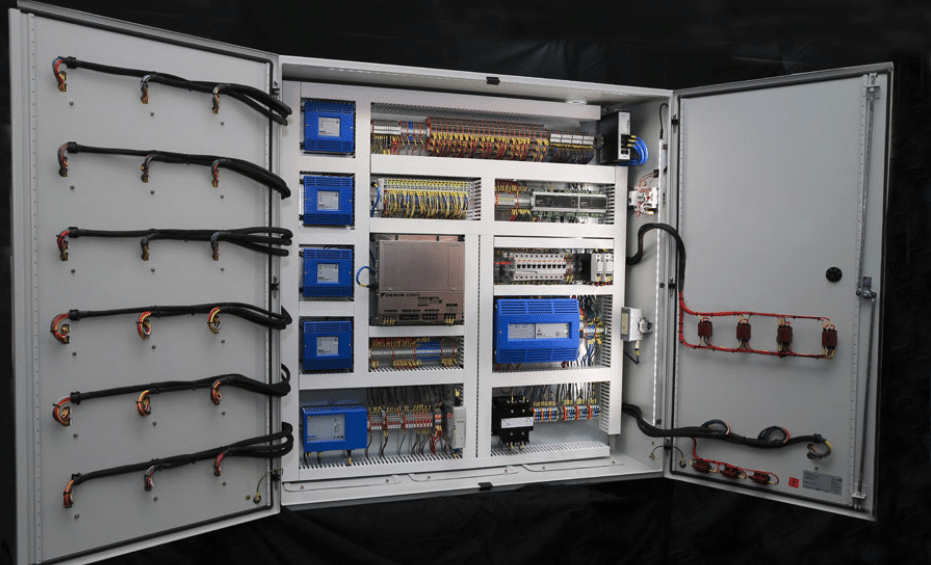
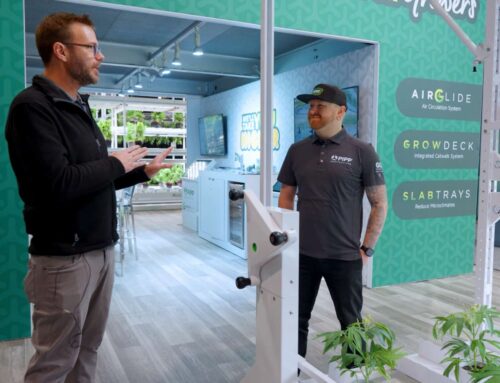





Leave A Comment